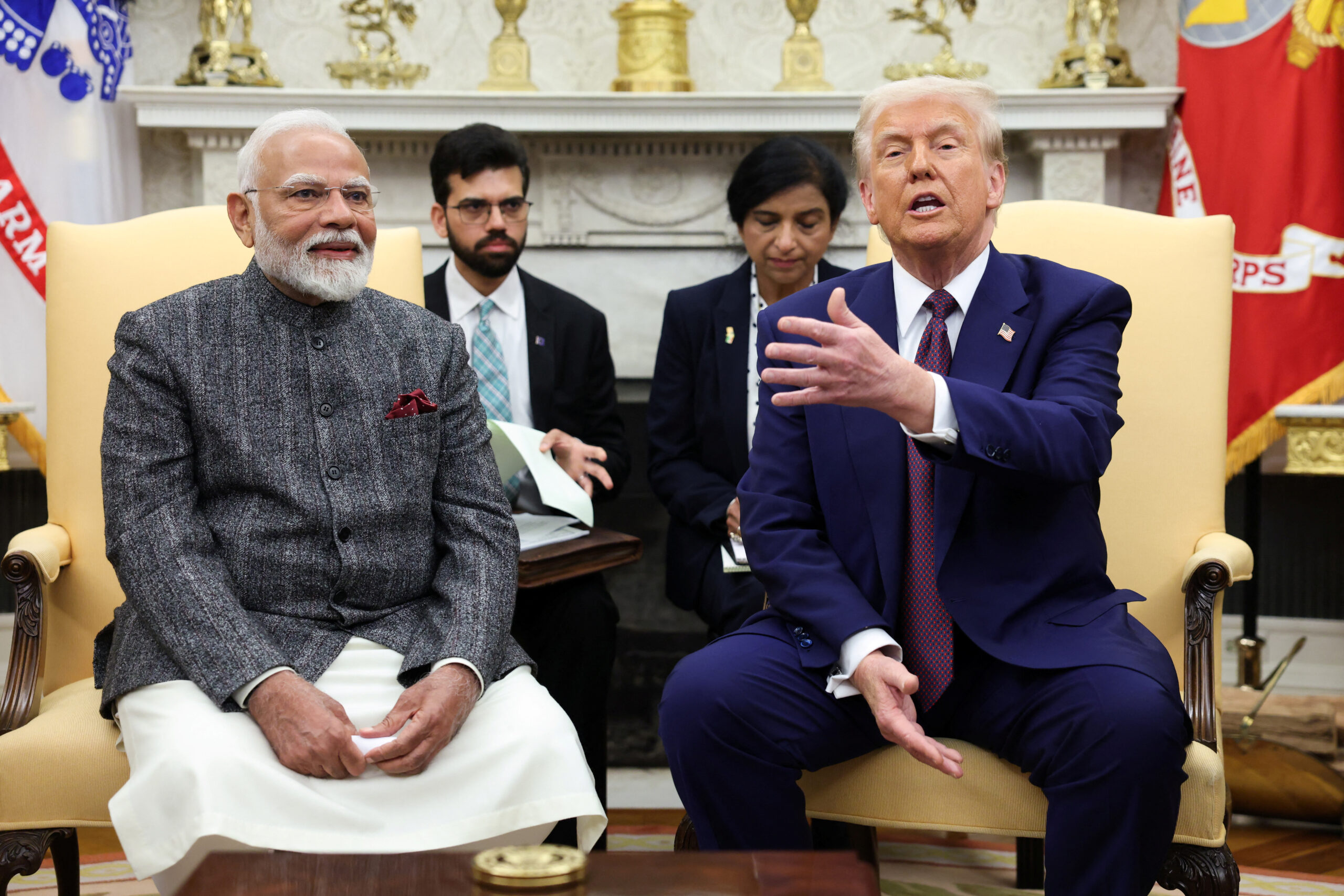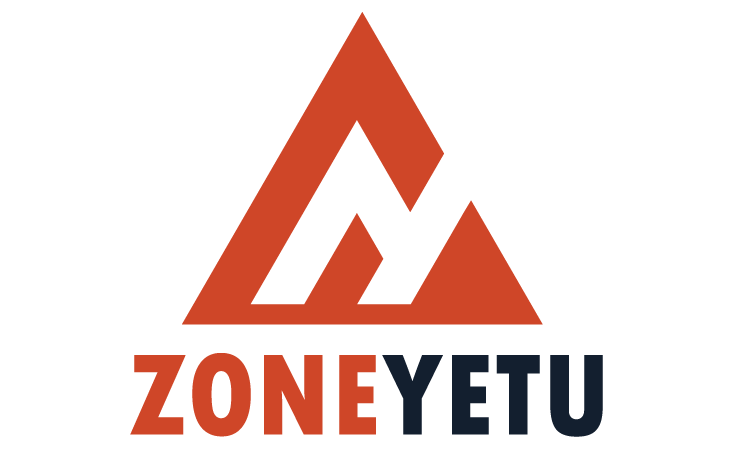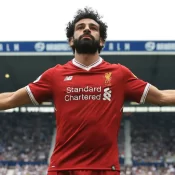
India and the US settle trade and tariff disputes following Trump-Modi discussions
On Thursday, the United States and India agreed to begin negotiations to reach an early trade agreement and end their tariff stalemate, while New Delhi pledged to combat illegal immigration and purchase more U.S. gas, oil, and military hardware.
The agreements came about as a result of discussions between Indian Prime Minister Narendra Modi and U.S. President Donald Trump at the White House. Trump had just unveiled a plan for reciprocal tariffs on nations that impose duties on U.S. imports and lashed out at the business climate in India.
“Prime Minister Modi recently announced the reductions to India’s unfair, very strong tariffs that limit us access to the Indian market, very strongly,” Trump tweeted. “And really it’s a big problem I must say.”
India’s foreign secretary, Vikram Misri, stated that the agreement to address trade issues might be completed in the next seven months.
Following the discussion, Washington praised New Delhi’s recent actions to improve market access to U.S. agriculture goods and reduce tariffs on a certain U.S. products, while aiming to negotiate the first parts of a trade agreement by the autumn of 2025, according to a joint statement.
“What is more remarkable…is the fact that we have a way forward on this issue,” Misri stated, despite the fact that both leaders “had their perspectives” on tariffs.
Aspirational agreements are made by some of the leaders: Trump stated during a joint news conference with Modi that India may become the “number one supplier” of oil and gas and wants to raise its purchases of U.S. defense equipment by “billions of dollars.”
By 2030, Delhi hopes to treble its commerce with Washington, according to Modi. Legal issues continue to plague long-planned nuclear energy cooperation, which the leaders also discussed.
“We’re also paving the way to ultimately provide India with the F-35 stealth fighters,” Trump stated.
The F-35 purchase was a proposition at this stage, with no formal procedure in progress, according to Misri, the Indian official. A request for comment on any accord received no response from the White House.
TRUMP’S ASPECTS
Even after his previous tariffs on aluminum struck metal-producing India especially hard, Trump said on Thursday that India’s tariffs were “very high” and pledged to equal them, despite his cordial relationship with Modi during his first term.
“We are being reciprocal with India,” Trump declared during the news conference. “Whatever India charges, we charge them.”
Modi pledged to safeguard India’s interests.
“One thing that I deeply appreciate, and I learn from President Trump, is that he keeps the national interest supreme,” Modi stated. “Like him, I also keep the national interest of India at the top of everything else.”
In addition to praising one another, the two presidents decided to begin producing technologies like artificial intelligence together and to strengthen security cooperation in the Indo-Pacific, which is a crude allusion to rivalry with China.
One person who was questioned prior to the meeting about the actions India was taking called it a “gift” for Trump intended to ease trade tensions. “The president sees defense and energy sales to India lowering the U.S. trade deficit,” a Trump adviser said.
The trade gap may be lessened if India’s energy purchases from the United States increase to $25 billion in the near future from $15 billion last year, according to India’s Misri.
The two nations’ relationship will remain dominated by tariffs, according to Richard Rossow, who leads the Center for Strategic and International Studies’ India program.
“It’s going to be a boxing match,” he said. “India is willing to take a few hits, but there’s a limit.”
India and the United States have a $45.6 billion trade deficit. According to data from the World Trade Organization, the average trade-weighted tariff rate in the United States has been around 2.2% overall, whereas India’s is 12%.
AVOID ILLEGAL IMPRINTATION
Trump wants India to cooperate with illegal immigration more. India is a significant supplier of immigrants to the US, including those working in the computer sector on work visas and others who are here illegally.
The two nations committed to stepping up law enforcement collaboration in order to combat illegal immigration and human trafficking, according to the joint statement.
Trump’s plan to counter China, whom many in his cabinet view as the main American adversary, may depend heavily on India. India, a rival for many of the same markets as China, is concerned about the military development in China.
Mukesh Aghi, head of the U.S.-India Strategic Partnership Forum lobbying organization, said Modi is also concerned that Trump would make a deal with China that does not include India.
As it continues its assault on Ukraine, India has maintained its relations with Russia. Since the beginning of the conflict, the West has attempted to reduce its own energy use, but India has continued to be a significant consumer of Russian energy.
“The world had this thinking that India somehow is a neutral country in this whole process,” Modi remarked. However, this isn’t accurate. India does have a side, and it is the side of peace.
All Categories
Recent Posts
Salah has the potential to repeat Premier League history
Mokwana creates history in Tunisia
Tags
+13162306000
zoneyetu@yahoo.com



